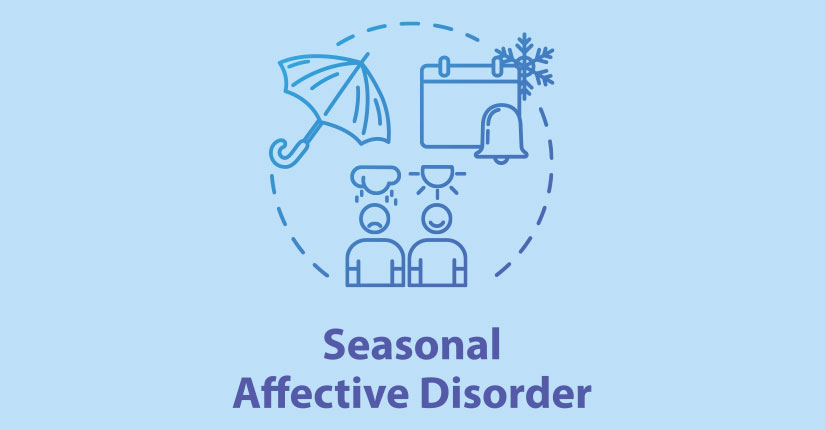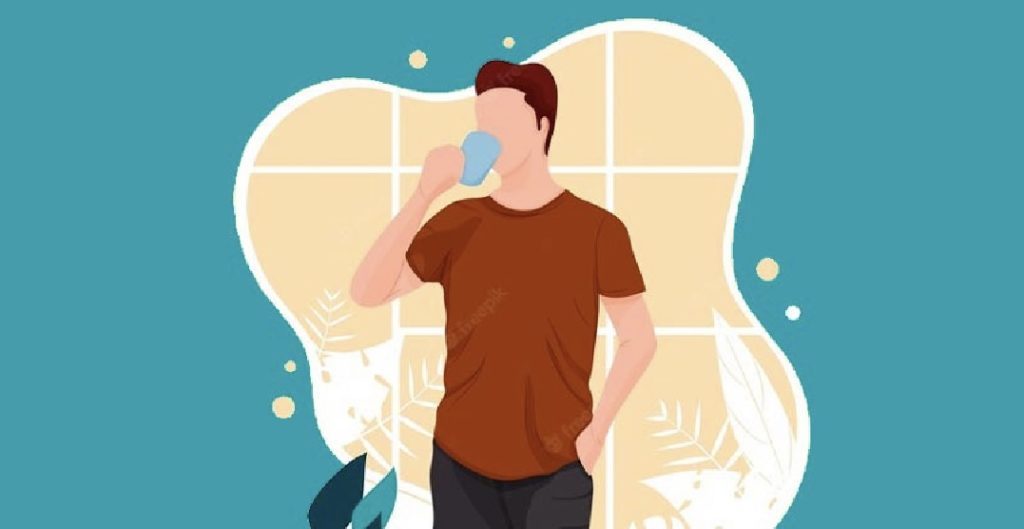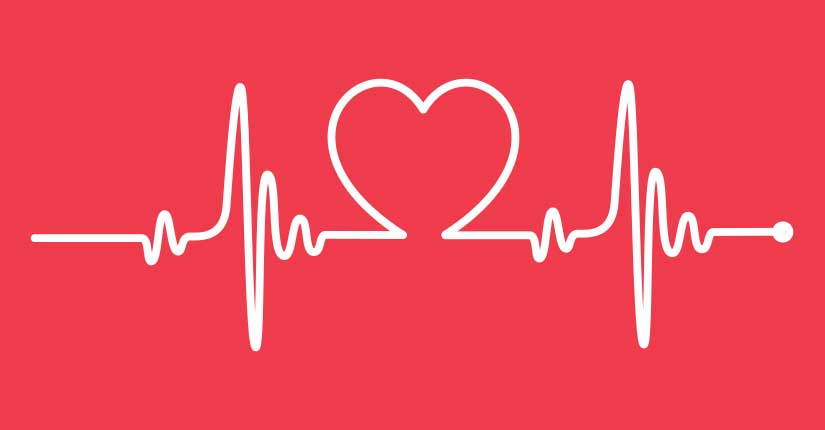Seasonal Affective Disorder: Everything you Need to Know About
By Nmami Agarwal 16-Feb 2022 Reading Time: 4 Mins

Seasonal Affective Disorder or more commonly known as SAD is a sort of depressive behaviour that is portrayed during the changes in seasons, and it begins and ends at around the same time. It causes depression in the spring or early summer. It is also called “the winter blues,” it affects daily life, including the feelings and emotions of a person.
About 75% of the people who get the disorder are women, and about 5% of adults in the United States suffer from SAD, which mostly starts from young adulthood.
Symptoms
For Winters-
- Feeling sad, hopeless or cranky
- Less energy
- Trouble concentrating
- Greater appetite
- Fatigue
- More desire to be alone
- Thoughts of suicide
- Weight gain
For Summers-
- Less appetite
- Trouble sleeping
- Weight loss and decreased appetite
- Restlessness and agitation
- Episodes of violent behaviour
General symptoms
- Irritability
- Heaviness in limbs
- Loss of interest and withdrawing from activities of interest
- Sleeping more
- Thoughts of death or suicide
Risk for SAD
The risk for young adults and women is high, especially if there is another mood disorder such as major depressive disorder or bipolar disorder, or other mental health conditions like schizophrenia, it can also be due to locations at high altitudes, places that are farther north of the equator, like England, or Alaska, or cloudy regions.
Similarly, people suffering from Seasonal Affective Disorder can also be affected by mental conditions, like-
- Anxiety Disorder
- Panic Disorder
- Eating Disorder
- Attention deficit hyperactivity disorder (ADHD)
Reasons for SAD
Although not a lot is known about the exact cause of seasonal depression disorder, there can be some theories that can explain the disorder, which is as follows-
- Biological clock change- less exposure to sunlight, brings about changes in the biological clock, this internal clock is responsible for changes in mood, sleep, or hormones. Changes in the clock trouble regulation of moods.
- Brain chemical imbalance- neurotransmitters are responsible for communication between nerves, and also have a chemical called serotonin which contributes to the feelings of happiness, these levels drop in winter.
- Vitamin D deficit- serotonin is also responsible for boosting the production of Vitamin D, due to less sun exposure, serotonin drops and so does the mood.
- Melatonin boost- melatonin is responsible for sleep patterns, it is overproduced in winter due to lack of sunlight leading to sluggish behaviour and drowsiness.
- Negative thoughts- people suffering from SAD go through stress, anxiety and experience negative thoughts.
Diagnosis
There are no blood tests or scans to test seasonal depression, but under similar symptoms, it can be ruled out if a person suffers from the disorder.
Footnote
Visit a healthcare provider for evaluations, seasonal disorder is a more complex issue of mental health.





















